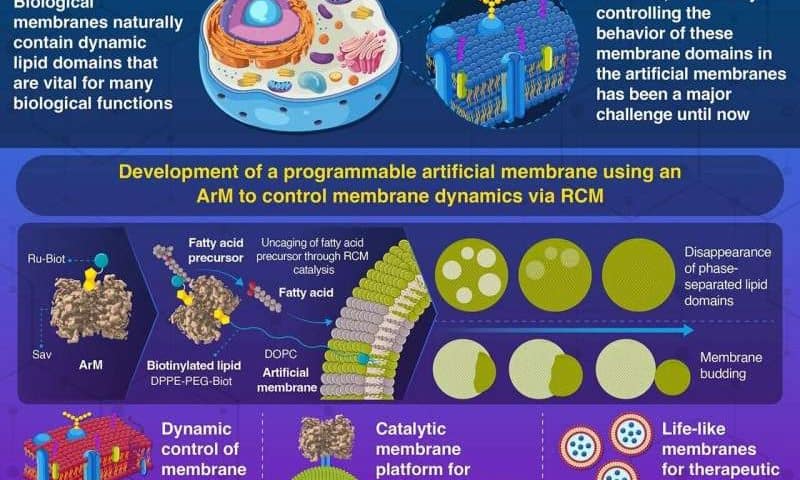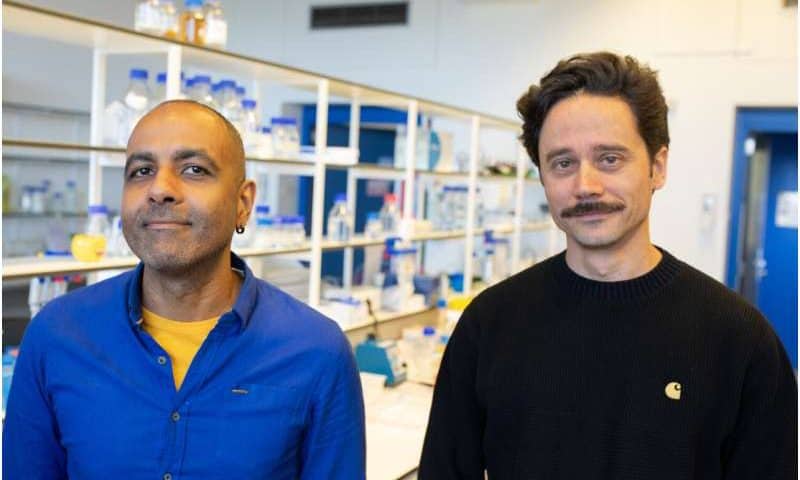Researchers develop sustainable technology to extract isoflavones from soybean meal
A study conducted at the State University of Campinas (UNICAMP) in the state of São Paulo, Brazil, has proven the efficiency of a sustainable process for extracting isoflavones from soybean meal that increases their bioavailability.
Isoflavones are used in foods, cosmetics, and supplements due to their health benefits, including combating neurodegenerative and cardiovascular diseases, type 1 and type 2 diabetes, hyperglycemia, and exhibiting anticancer, antimicrobial, and antioxidant activities. They also bind to estrogen receptors, modulating hormonal imbalances and potentially alleviating or preventing menopause-related symptoms.
The problem is that traditionally, these isoflavones are separated from the meal using time-consuming techniques involving toxic solvents.
“That’s why our research sought to solve this issue by applying innovative and sustainable technology that combines environmentally friendly solvents under high pressure with ultrasonic waves to intensify the extraction,” explains Pedro Henrique Santos, a food engineer from the Multidisciplinary Food and Health Laboratory (LabMAS) at the Faculty of Applied Sciences (FCA) at UNICAMP who participated in the study.
The results were published in Food Chemistry.
After discovering the most efficient way to extract isoflavones from soybean meal using the new technology, the researchers applied an enzyme that broke the isoflavones down into smaller molecules called genistein and daidzein. These molecules are more easily absorbed by the human body, similar to what happens with lactose-free milk.
“The combination of the two steps resulted in an extract that is completely rich in isoflavones already in their active form [genistein and daidzein], in less time than traditional methods and in a 100% sustainable manner. In addition, the meal left over from the process retained its high protein content and can be used in animal feed or in the development of vegetable protein supplements, generating two high-value-added products from the same by-product,” says Santos.
Cocoa bean shells
Some of the researchers who worked on this study dedicated themselves to finding a new way to add value to an interesting cocoa byproduct: the almond shells of the fruit. The shells resemble cocoa nibs and have a similar smell, but they are very fibrous, so they are usually discarded.
“The material has compounds that may be of interest to different industries, such as food and cosmetics, as it has beneficial health effects. Therefore, our intention was to extract these substances in order to obtain an enriched fraction in each of them,” says Felipe Sanchez Bragagnolo, a process and biotechnology engineer who works in the same laboratory as Santos.
The study was the subject of another article in Food Chemistry.
To accomplish this, the researchers, assisted by María González-Miquel from the Polytechnic University of Madrid in Spain and Dario Arrua from the Future Industries Institute at the University of South Australia, used equipment operating at pressures much higher than those of a domestic pressure cooker.
In this system, water and ethanol (safe solvents) pass through the shells of the cocoa beans and extract the desired compounds into the solution.
The solution then enters a smart filter that separates the compounds according to their chemical affinity. Those that “like” water more appear in the more aqueous fractions, while those that “prefer” ethanol appear in the fractions with more ethanol. This process allows for the production of purer portions of each group of compounds.
Using this method, the scientists improved the system, enabling them to extract and separate the compounds. They obtained a fraction rich in theobromine, the main compound in cocoa bean shells. Next, they obtained a fraction rich in caffeine, followed by a final fraction full of phenolic compounds.
“The findings can be used in different approaches. One of them is the use of the system for raw material quality control, as we were able to verify, in fewer steps, what’s in the plant material and how much of it there is. Another application, more specific to cocoa, is the targeted use of the fractions,” Bragagnolo explains.
This means that, for example, if an industry is interested in using theobromine in a product, it will be possible to scale up the process and obtain a purer, enriched fraction of theobromine from cocoa bean shells.




















